|
Today is the big day. The Art Club presented at the PTA meeting. Three students volunteered to speak to the audience about the project reading their thoughts publicly in English and Spanish.
This was very moving. Each of these students have become very passionate about making changes personally, at home, in our school and in their community. They created an opinion box from a plastic snack box. We received only positive responses. Most notably was a comment that the sculptures looked like the work of adult professional artists and could be displayed in a gallery.
0 Comments
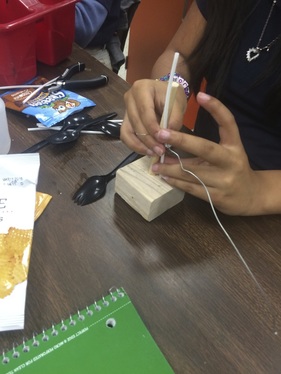 Prior to art club I placed materials on each table: small wire cutters, precut pieces of 18 gauge wire, precut pieces of 24 gauge wire, needle nose pliers and the wooden sculptures stands. I cut the wire in about 8 inch pieces to start the project. As the project progressed we would cut more as needed with assistance so the spool would not tangle or unravel. Before starting their sculptures the students explored the work of an anonymous artist from Philadelphia who created over 1200 sculptures from found materials and left them in an alley . The only thing known of the artist is that he may be an African American man who had been seen making similar figures. No one has ever identified the artist (Frank, 2016). The students thought they were very cool and were super excited about creating one of their own. I gave a short demonstration on how to use the tools and how to work with the wire. The challenge was to create a sculpture from plastic using wire to hold the work together. Each student picked their own materials and began manipulating the materials with the wire. The students were a little apprehensive to use the wire as it was a new material, but soon became comfortable. The students worked for approximately 30 minutes. They did not finish their sculptures as anticipated, but I had planned for them to finish in two sessions. To prepare for Wednesday, I created sculpture stands for each student.
Materials and Instructions: 2x2 lumber 5/16 wooden dowels. Cut the wood into 2 inch squares and drilled a hole in the center for the dowels. Cut the dowels 6 inches in length. Next insert a dowel into the hole and secure it by tapping the dowel with a rubber mallet. I made 28 stands and sanded each of them. 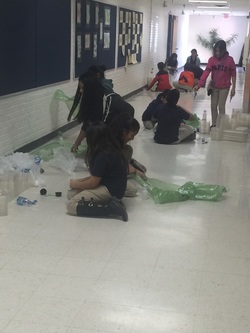 As students entered the room and settled in with a snack. I asked them, "What do we know about plastic now? They answered with the following responses: "Plastic is not good for the world right now." "It is killing our animals." "Trash is all over our neighborhood." "Plants can’t live in garbage and there will be less trees." "Recycling is not helping the neighborhood." "We have to stop using plastic. Recycling just makes more plastic and we used a lot!" We watched the short film "Plastic Bag", by Ramin Bahrein (2010) which, is an episode through the series FUTRUESTATES.tv, and is great resource for teachers teaching lessons on social issues. The film portrays the life and perspective from a plastic bag. The bag travels from the store and helps humans carry things and then is thrown away. The bag blows away finds himself on a journey while trying figure out his purpose. The bag contemplates why his maker did not design his end. The film is a bit long and we stopped it there to discuss what the possible endings for the bag. The students were very interested in how to end the life of plastic. The students suggested the bag end his life and find his purpose in a piece of art. The students were very in making new uses for the plastic and creating arwork with the plastic we collected and giving this plastic purpose. In order for the students to become more familiar with the material we broke out into four groups. The students were given the task of building with plastic without the use of glue or adhesives. The had about 20 minutes to design and create their sculptures. Two groups made cities. Another group made a plastic castle because the material would last forever the castle would never fall down. The last group used all spoons and laid them out to create a SpongeBob Grandma as she lived under the sea she would tell stories of when the oceans did not have plastic in them. After the gallery walk the students cleaned up and we discussed how the matrial could be used to create sculptures and what messages we could send with the sculptures. In order for the students to become more familiar with the material we broke out into four groups. The students were given the task of building with plastic without the use of glue or adhesives. The had about 20 minutes to design and create their sculptures. 2 groups made cities. 1 made a plastic castle because the material would last forever the castle would never fall down. The last used all spoons and laid them out to create a" SpongeBob Grandma" as she lived under the sea she would tell stories of when the oceans did not have plastic in them. After the gallery walk the students cleaned up and we discussed how the matrial could be used to create sculptures and what messages they could send with the sculptures. |
Archives
October 2016
Categories |
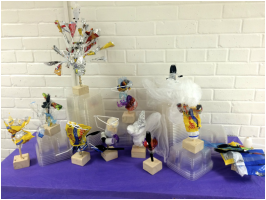
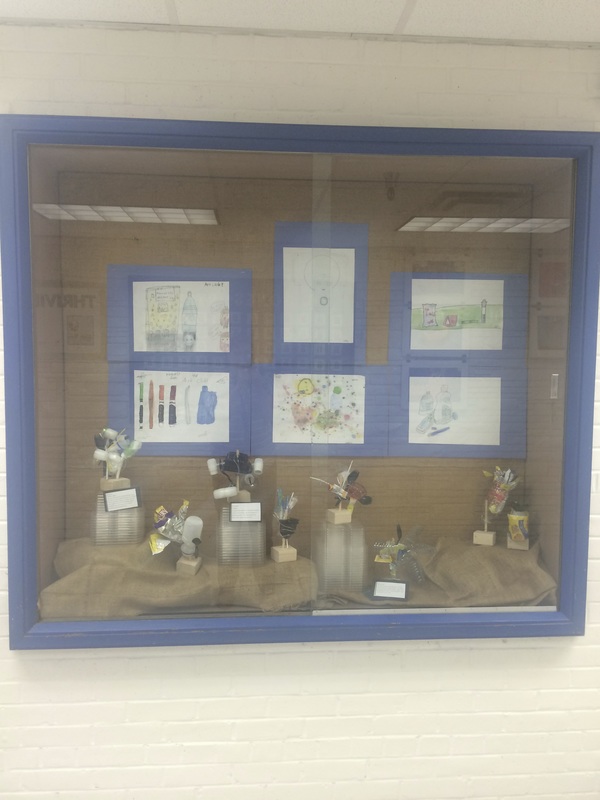
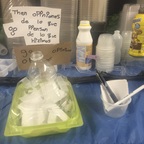
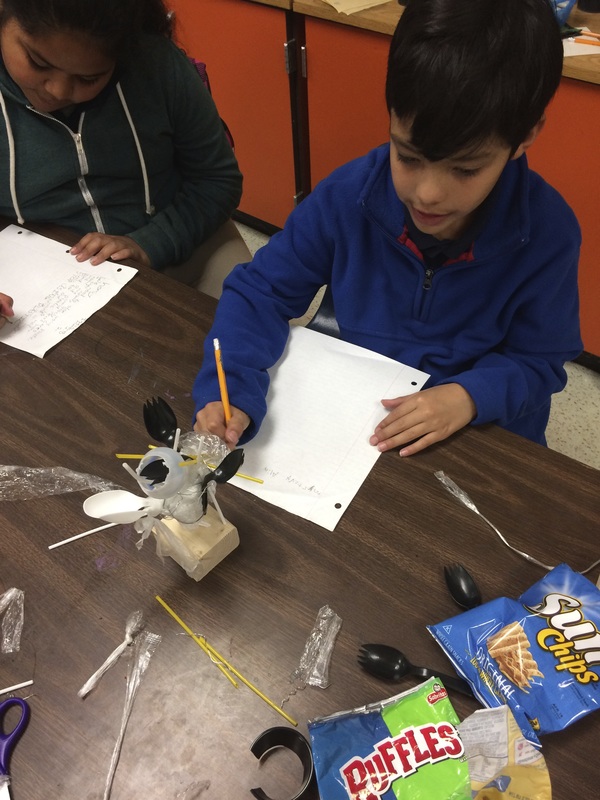
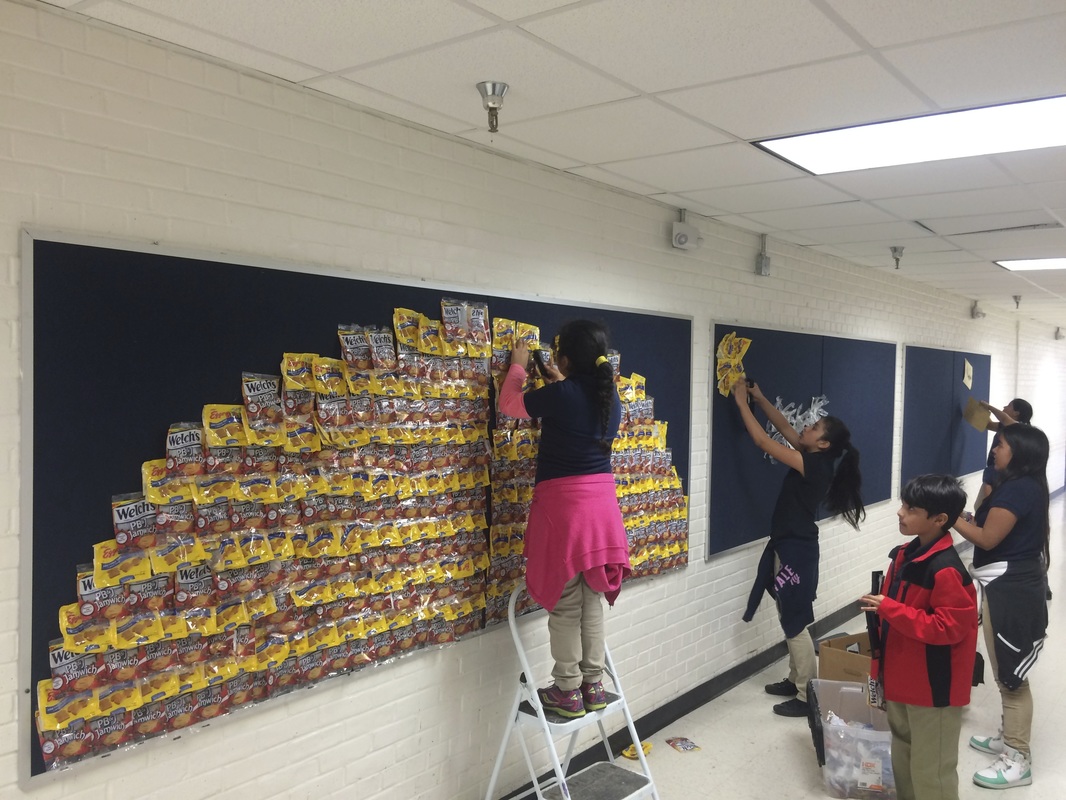
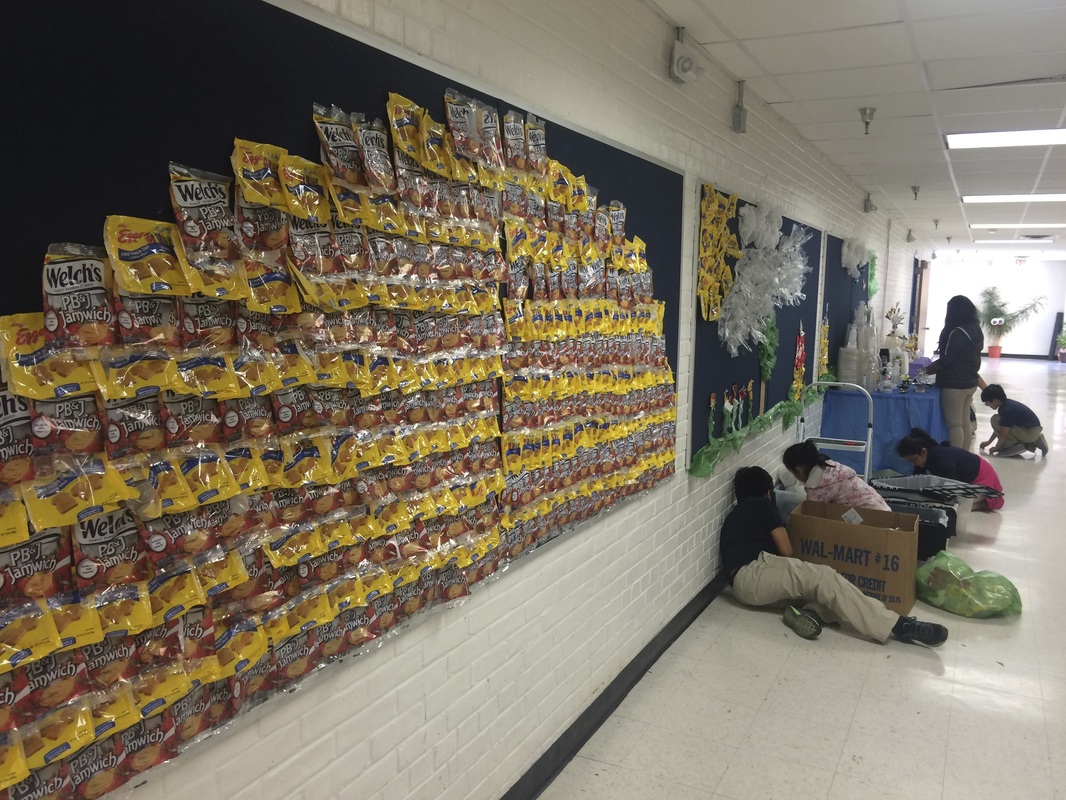
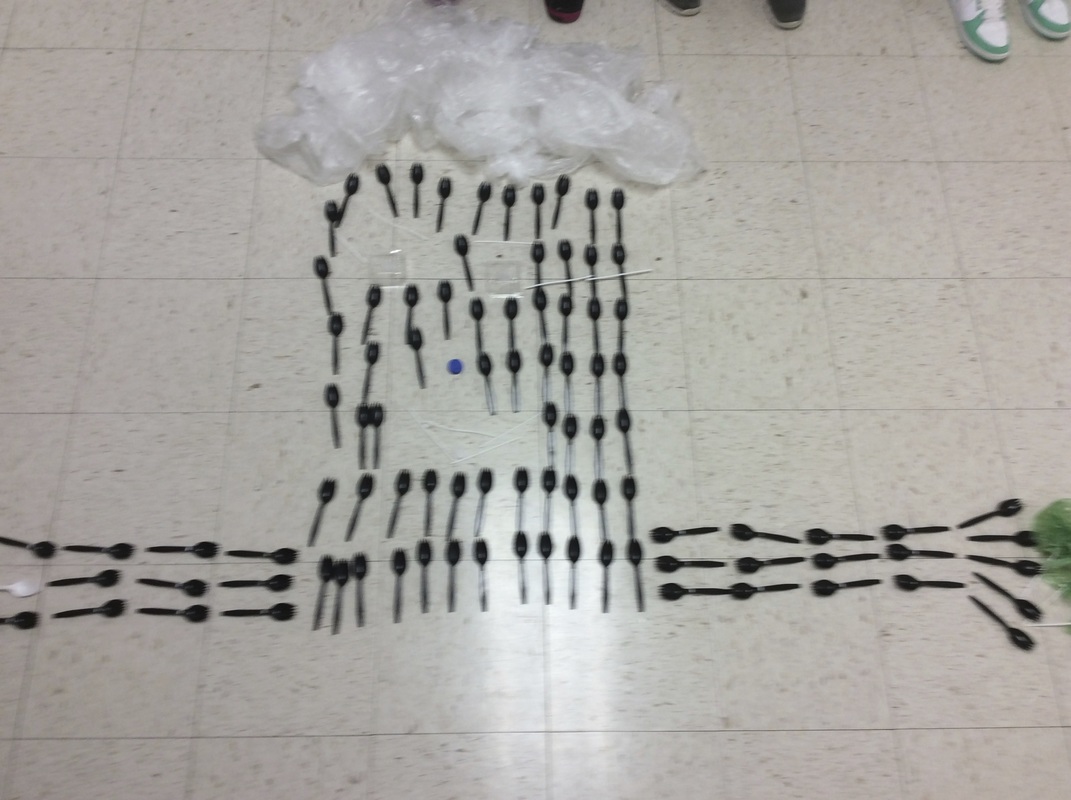
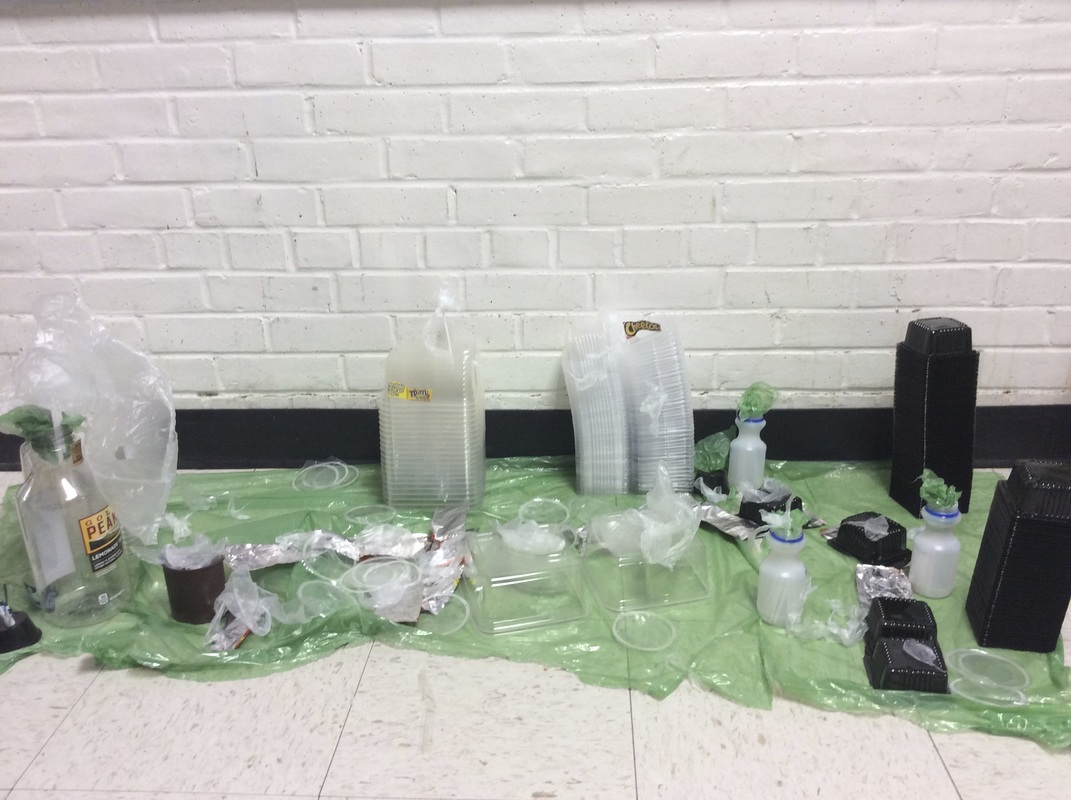
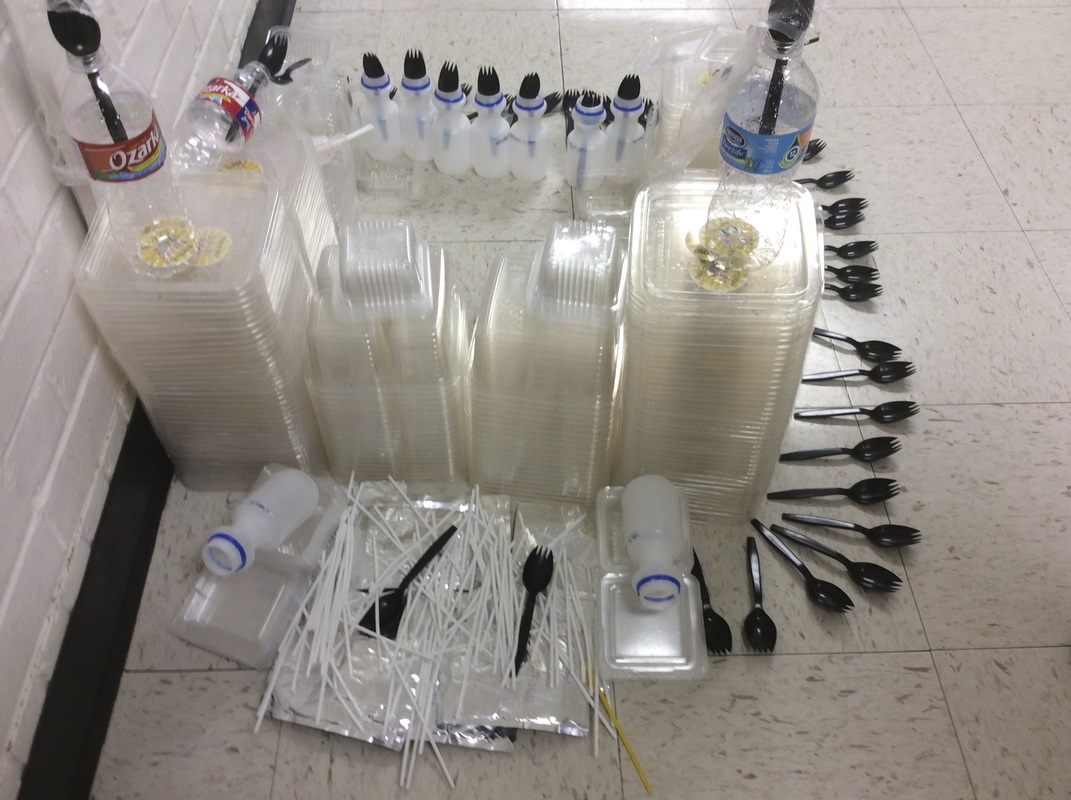
 RSS Feed
RSS Feed